Mount Ijen hike from Bali | The Ultimate Ijen Crater Hike Guide
7 Oktober 2022 2.092x Articles Blog
Mount Ijen hike from Bali | If you`re a journey and trekking fan, you want to feature the Kawah Ijen dawn hike on your journey bucket list. Kawah Ijen is a lively volcano in East Java, and one of the few locations withinside the international wherein you may see Blue Fire
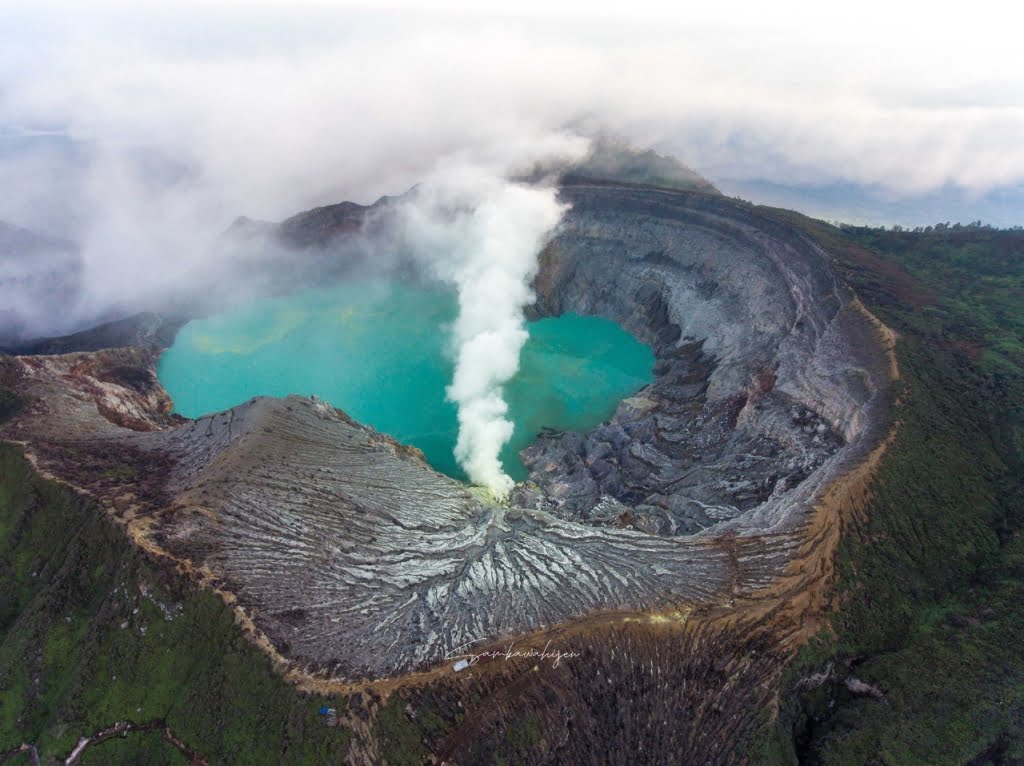
When I discovered out approximately it on my first Bali, I determined that I couldn`t omit this experience. We did an Ijen crater tour from Bali, and whilst being quite knackering, it became one of the highlights of our trip.
If you`re additionally making plans to do the Mount Ijen dawn hike, that is the manual for you! In this publication, I`ve mentioned the entirety of what you want to do approximately doing the Kawah Ijen nighttime hike, whether or not you do it yourself or with an excursion.
I`ve blanketed a few fundamental records approximately this exceptional herbal phenomenon, the way to get there, what to expect, what you want to deliver and a few Ijen crater excursion alternatives to select from.
So let`s dive in and begin making plans
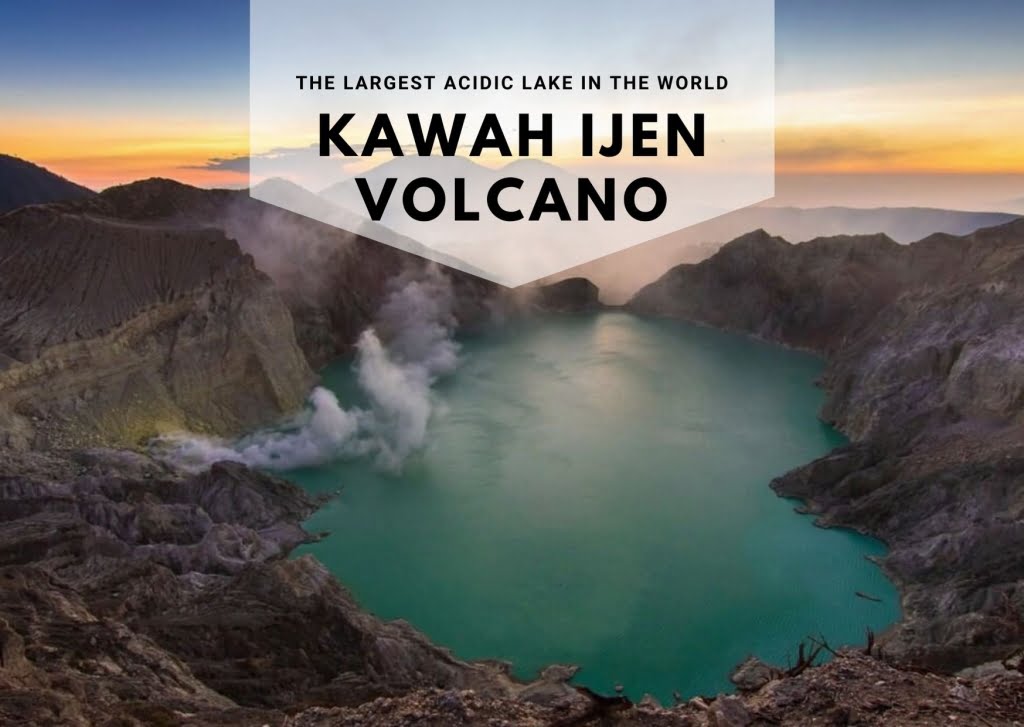
About Kawah Ijen | Mount Ijen Hike

The best time to see a blue fire in Ijen crater
The best time to see a blue fire in the Ijen crater is 1 hour after sunset and 1 hour before sunrise because when the sky is dark, the blue color will appear more clearly.
This phenomenon is really caused by the combustion of sulfur, of which Ijen has a number of the best levels in the world. The sulfuric gases are released from cracks within the rock at air mass and temperatures sometimes far more than 1,112°.
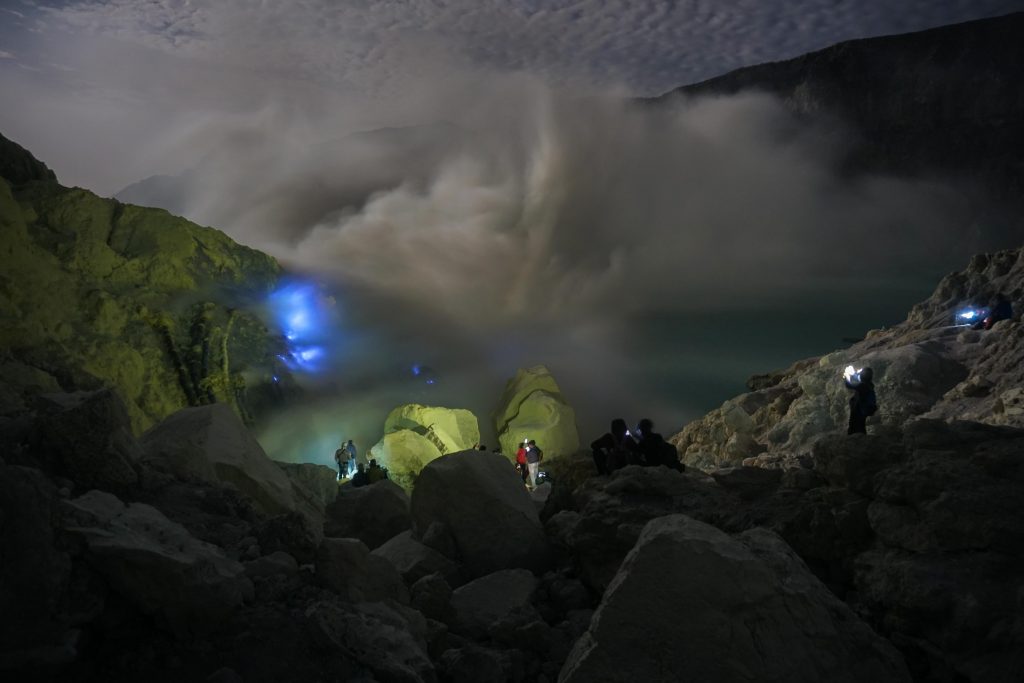
The blue fire will be reduced in size around 5 a.m.m because the sun will come at 5 a.m., so don’t go too late. when the sun rises, the blue fire will be reduced and cannot be seen. April to November is the best month to see the blue fire phenomenon.
Where can I see the blue fire Ijen crater?
Where can I see the blue fire? To see the blue fire you have to come to Ijen Crater, Ijen Crater is an active volcano in Banyuwangi, East Java, Indonesia.
Why does Ijen a crater has a blue fire Ijen crater?
the lava molten rock that emerges from the Earth at ultra-high temperatures isn’t colored significantly differently than the lava at other volcanoes, which all differ slightly based on their mineral composition but appear a bright red or orange color in their molten state.

But at Kawah Ijen, extremely high quantities of sulfuric gases emerge at high pressures and temperatures (sometimes more than 600°C) along with the lava.
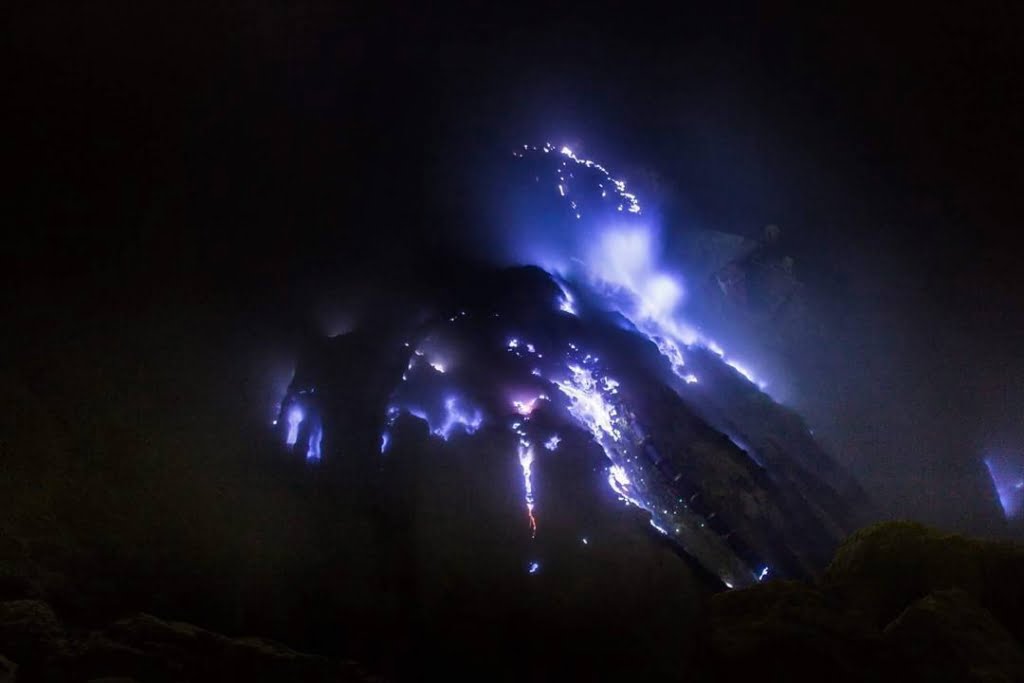
When sulfur from within the volcano breaches the surface, it can reach temperatures up to 600°C( 1, 112°F), and therefore the sulfur immediately encounters lower temperatures and pressures at the surface, which causes the sulfur to right away ignite and erupt blue flames up to five meters ( 16 ft) into the air.

Things you need to bring to see Blue Fire
-
Torches (both hand torches or headlamps. We opted for the headlamps to maintain our palms-free), although I took both, simply in case the battery might run out withinside the night
- Gloves (it’s miles bloodless up there, however, they even serve you nicely whilst you pass down the crater and ought to preserve directly to sharp rocks)
- Gas masks, that you want as safety in opposition to dense clouds of poisonous gases like sulphur dioxide. You can not live for a long term in one’s gases without a mask. It all relies upon the wind if you’ll stumble upon a number of the ones poisonous gases on the day of your climb.
- Warm jacket. Now, do no longer count on the provider of a “cell second-hand iciness garments store”
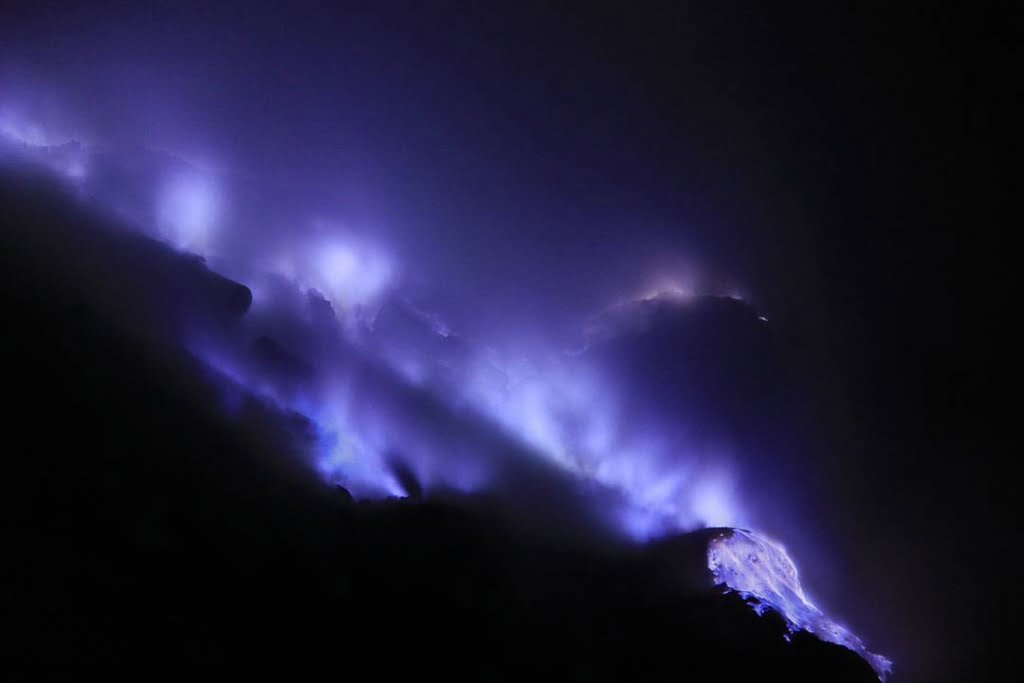
Tour Package Blue fire
IJEN CRATER|TUMPAK SEWU|MOUNT BROMO 4 DAY 3 NIGHT TOUR FROM BALI
Mount Ijen Hike| The Most Epic Adventures in East Java
Ijen Crater is one of the popular tourist sites located within the borders of Banyuwangi and Bondowoso regencies in East Java. Having more than two thousand visitors every month, Ijen Crater becomes a tourist attraction that makes many people curious.
This is a must see if you are in the area or planning a trip to East Java Indonesia. You can enjoy many interesting things in the Ijen Crater, ranging from the phenomenon of the Blue Fire to the sunrise point. Moreover, Mount Ijen has an altitude of 2,386 meters above sea level.

It is surrounded by the most beautiful lush green countryside with rice fields and forests. And bordered by two other mountains right next to it (Meranti and Merapi). The gate is open from 12.30 AM.
The hiking itself to the volcano is around 1.5 until 2 hours. Also, the trip to the bottom of the crater is around 30-40 minutes. Ijen carter itself is truly dramatic – the caldera has a lake that is bright green in colour and almost 100% pure sulphuric acid. It is 200 mt deep at its deepest and provides a fascinating focus to the volcano.
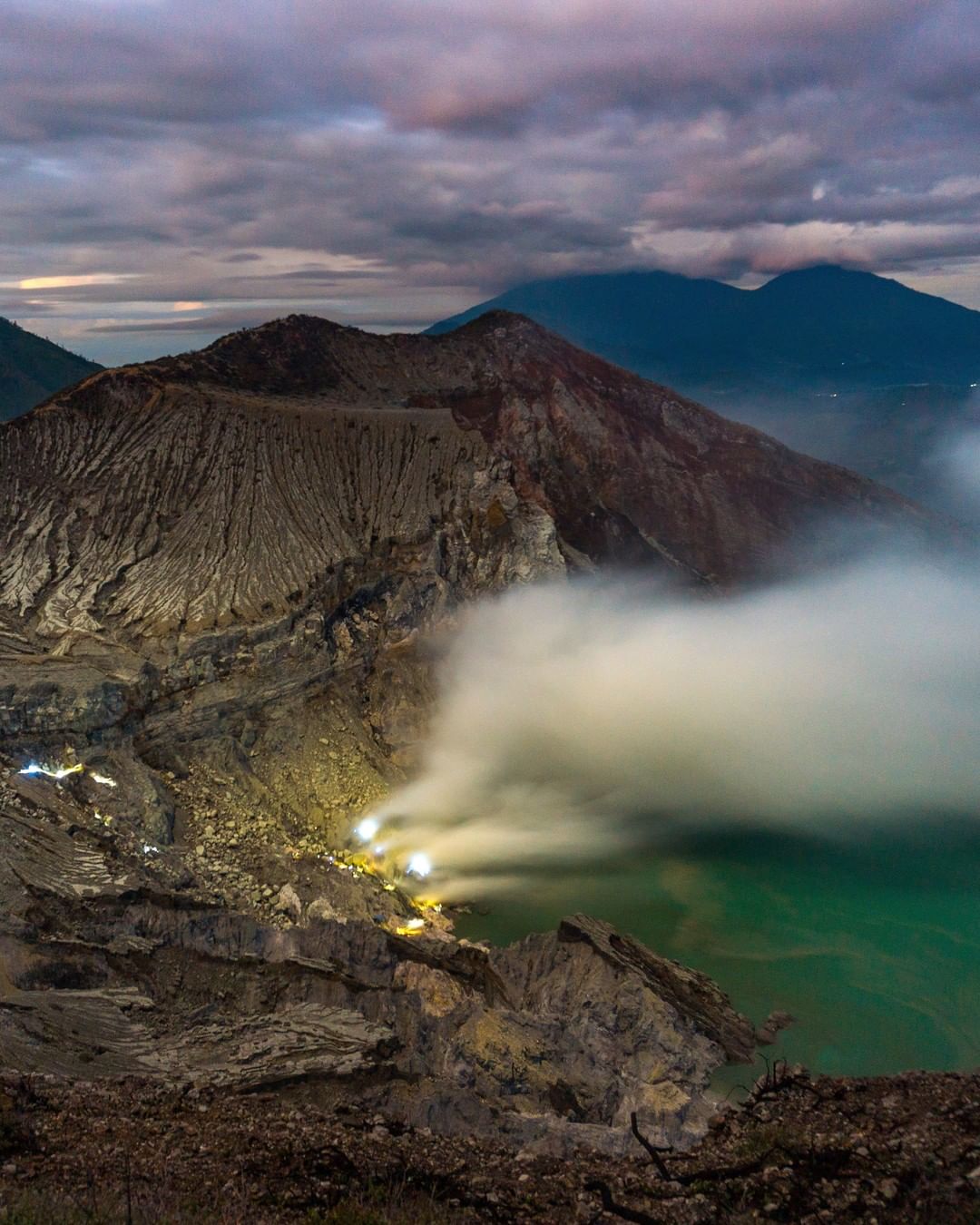
The best time to visit Ijen Crater Or ijen Volcano Or Kawah Ijen
The best day to visit this volcano is the dry season, which mostly it starts from April until the beginning of November. Those months are the best time to visit Ijen Crater.
WORST TIME TO VISIT: Start from the end of December until March, there will be more rain that will start from Morning until night. From December until March the intensity of the fog in the Ijen Crater was lower. Thus, visitors can see the blue lake and blue fire without being blocked by fog.
What you can see in the Ijen crater | Mount Ijen Hike
1. The blue fire phenomenon
The blue fire is a natural wonder that can only be seen at Ijen, It is only visible in the extreme darkness. If you are planning to witness the blue fire, you have to start walking at 2 AM. Once at the top you have to descend again into the crater, wearing a mask to find the blue fire.

2. Acidic Crater Lake | Mount Ijen Hike
This beautiful warm lake with its blue-greenish water looks very inviting but it is corrosive and dangerous! Kawah Ijen (Ijen crater) is the world’s largest highly acidic volcanic lake. The crater size is about 960 meters x 600 meters with a depth of 200 meters is so acidic that it can dissolve clothes and human flesh.
The acid measure is almost zero (pH<0.5) similar to the strength of car battery acid. I tried to touch the water using my finger, it was very warm and it tastes salty.
Please don’t try this, I got my finger itched for about 30 minutes! The best time to go down to Ijen crater lake is in the morning between 4.00 to 9.00 am. Around 10 am the wind started to blow the acid smokes of sulfur to the walking path.
It will be hard to climb down or up when it got covered with those sulfur smokes. If you are in this situation and you don’t have a mask, pour some water on the tissue or handkerchief.

2. Sunrise | Mount Ijen Hike

3. Sulfur miner |Mount Ijen Hike
Kawah Ijen has been a working sulfur mine since 1968 and you will come across a number of hardworking miners hauling heaving reed baskets of sulfur—weighing up to a mind-boggling 200 pounds—up and down the volcano on your hike.
In what has to be one of the toughest jobs in the world, many miners choose this line of work over farming in local areas thanks to its higher wage: roughly $10 a day (around 800 rupiahs per kilogram, based on two trips).
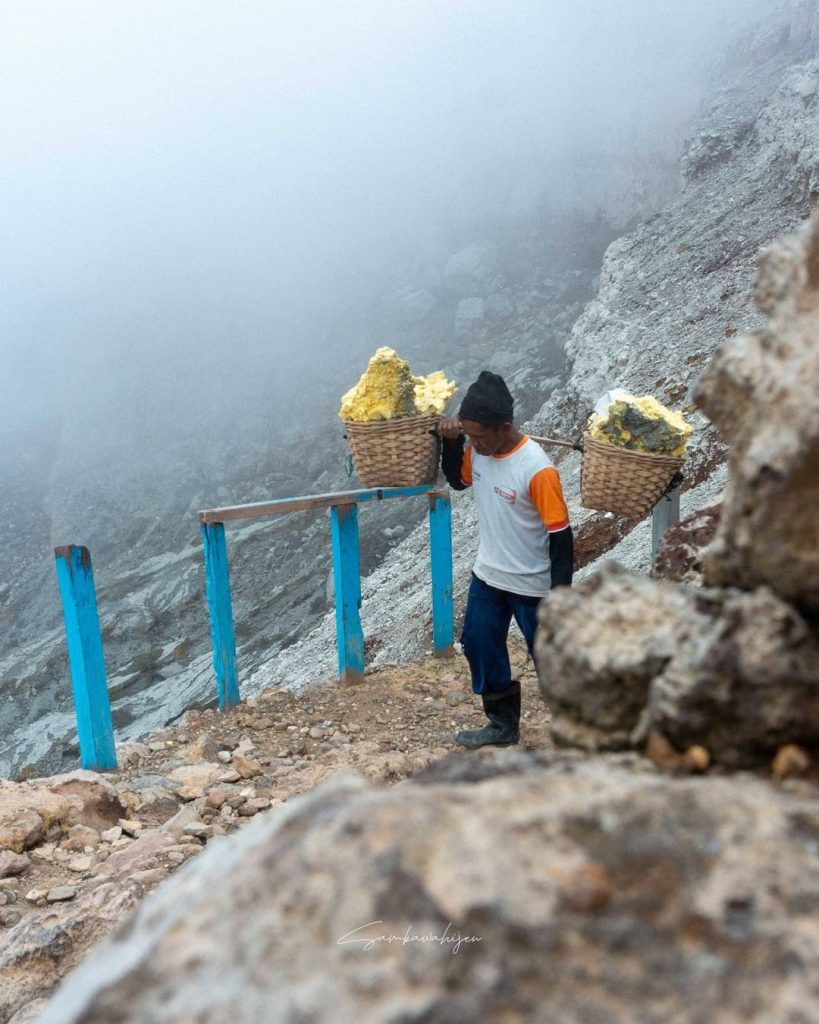
Maybe you are interested in reading the following article:

Mount Bromo Ijen crater tour package from Malang 3 Day
Mount Bromo Ijen crater Tour Package 3 Day is one of the Mount Bromo tour package options that consists of three popular tourist attractions in Java Island, Indonesia. These tourism objects offer amazing landscapes from all sides. If you are interested in enjoying Ijen Crater trekking, Mount Bromo, or in optional Madakaripura Waterfall This tour is... read more
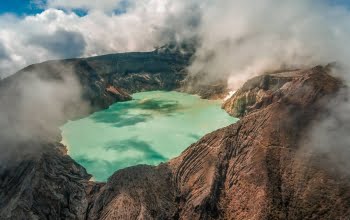
Ijen volcano tour 2 day 1 night from Banyuwangi airport
Ijen tour from Banyuwangi 2 Day 1 Night Ijen tour from Banyuwangi 2 Day 1 Night | Ijen crater has sunrise and green views. Not only that, the Ijen plateau or Ijen Crater also has a blue flame/blue fire phenomenon that there are only 2 in the world. one in Iceland. to see the blue... read more
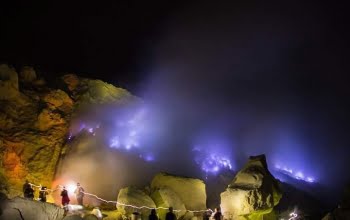
Kawah Ijen Midnight Tour From Banyuwangi | Sharing Tour
Kawah Ijen Midnight Tour From Banyuwangi – A short highlight tour for hiking Kawah Ijen by night to see the blue fire, sunrise, and sulfur mining activities. This is a shared tour package with other guests who also stay in our place at the same time and also the cheapest package which very suits backpackers on... read more
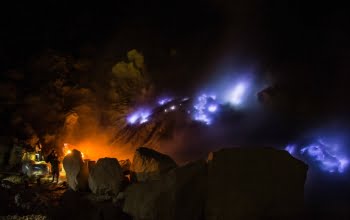
Ijen crater tour from Bali 1 Day Tour | Privat Tour
Ijen crater tour from Bali 1 Day | Ijen crater tour Ijen Crater Tour from Bali is probably one of my favorite tourism destinations for first-time visitors in Indonesia. The landscape is out of this world. One of the highlights of visiting Ijen is the blue flames, which you can only see at night. The... read more
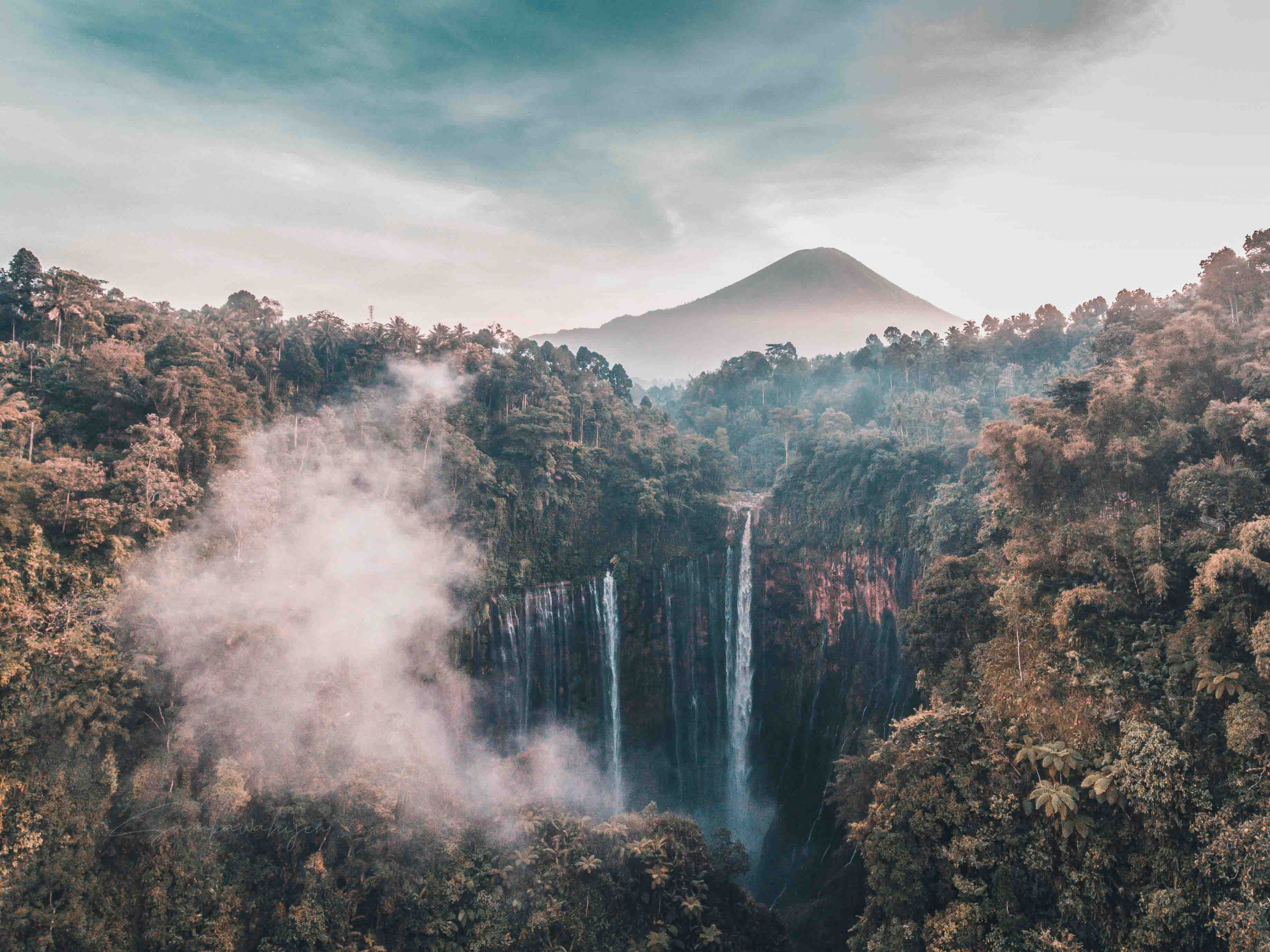
Bromo Ijen Tumpak Sewu from Bali 4D3N Back To Bali
Bromo Ijen Tumpak Sewu 3 best tourist spots in East Java, namely visiting the sunrise on Mount Bromo, the Blue Fire of Ijen Crater in Banyuwangi, and Tumpak Sewu waterfall in Lumajang. The tour package program starts with a pick-up in Surabaya or Bali Here is the Itinerary of the Tour Packages for Mount Bromo... read more
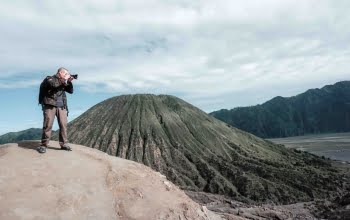
Bromo Ijen Crater tour from malang Finish Ketapang Harbor
Bromo Ijen Blue fire Tour 3 day 2 Night Tour Package is one of the Mount Bromo tour package options that consists of three popular tourist objects in Java Island Indonesia. These tourism objects offer amazing landscapes from all sides. If you are interested to enjoy Ijen Crater trekking, Mount Bromo and Madakaripura Waterfall tour package has a duratio... read more

Mount Bromo Ijen Tour From Surabaya 3 Day 2 Night ( 2025 )
Mount Bromo Ijen Tour: The Mount Bromo and Ijen tour package is one of the most captivating travel experiences in East Java, showcasing the raw beauty of Indonesia’s volcanic landscapes. This adventure is perfect for anyone seeking a meaningful holiday, whether you’re travelling with family, friends, a group, or solo. The spectacular sunrise over Mou... read more
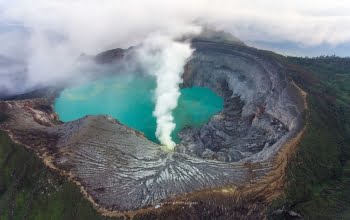
Kawah Ijen Volcano tour 1 day from Banyuwangi
Kawah Ijen Volcano tour 1 day from Banyuwangi Kawah Ijen Volcano tour 1 day from Banyuwangi – is one of the challenging adventure activities that can be an option to add a beautiful impression at holiday time. Climb to the crater of Ijen is very different from climbing in other areas. Here, the tourists will... read more

Mount Ijen Blue Fire Tour From Banyuwangi 1 Day Tour
Mount Ijen Blue Fire Tour From Banyuwangi 1-Day Tour Mount Ijen Blue Fire Tour From Banyuwangi 1 Day Trip – is one of the challenging adventure activities that can be an option to add a beautiful impression during holiday time. Climbing to the crater of Ijen is very different from climbing in other areas. Here,... read more
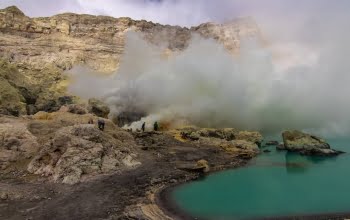
Ijen crater tour from surabaya 2 Day 1 night | Finish Bali
Ijen Crater Tour From Surabaya 2 Day 1 Night. The trip will start from your hotel in Surabaya or Juanda International Airport between read more
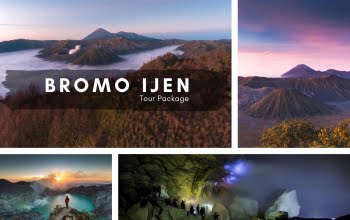
Bromo Ijen Tour package From Bali 3 Day 2 Night
Bromo Ijen Tour Package from Bali 3 Day 2 Night Bromo Ijen tour package is one of the best destinations in eastern Java that offers natural attractions centred on natural beauty. The beauty of tourism is that it can provide its value of happiness for holidays with family members, friends, groups, or individuals. Holidays to... read more
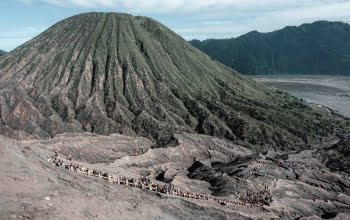
Bromo Midnight Tour From Surabaya | Privat Tour
Bromo Midnight Tour From Surabaya | Privat Tour read more

Surabaya Bromo Ijen Tour Drop off Bali 3 Day 2 Night
Bromo Ijen Tour Package From Surabaya | The trip starts from Surabaya and finishes in Bali with a duration of 3 Days 2 Nights Tour, Discover Mount Bromo Sunrise, Ijen Crater Blue Fire Tour, and other interesting tourism object as Waterfall and Plantation at Banyuwangi East Java Indonesia. If you have enough time you will... read more

Mount Bromo – Ijen Blue Fire Tour 3 Day From Surabaya
Mount Bromo Ijen Blue Fire Tour Package From Surabaya – The trip start in Surabaya and finish in Surabaya with a duration of 3 Days 2 Nights Tour, Discover Mount Bromo Sunrise, Ijen Crater Blue Fire Tour, and other interesting tourist object as Waterfall and Plantation at Banyuwangi East Java Indonesia. If you have enough... read more
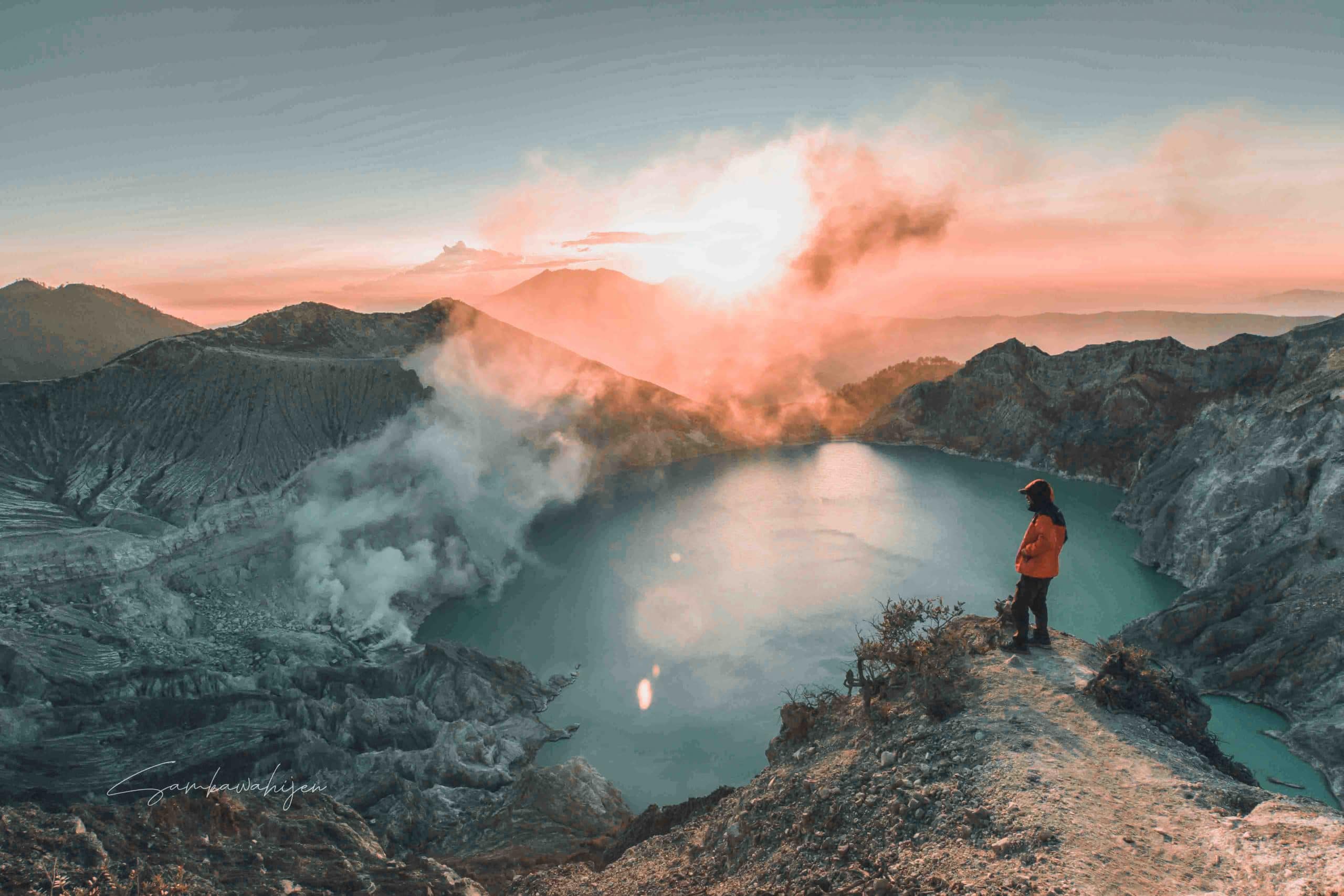
Ijen Blue Fire Tour: 1 Day tour from Bali
Ijen Blue Fire Tour 1 Day 1 Night From Bali Ijen Blue Fire Tour 1 Day 1 Night From Bali is the best choice if you decide to start this Trip from Bali (or Ketapang). Located only one hour away from the ferry harbour connecting Bali, Kawah Ijen is a composite volcano offering one of... read more

Mount Ijen Blue Flame: A Must-See for Any Adventurer
Mount Ijen Blue Flame | Mount Ijen is a volcano located in East Java, Indonesia. It is home to one of the most incredible natural wonders in the world: a field of blue flames that burn at temperatures of up to 2,000 degrees Fahrenheit. These blue flames are caused by the combustion of sulfuric gases... read more
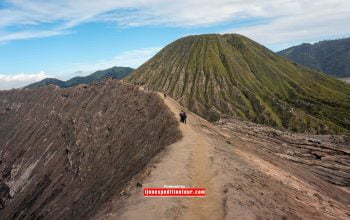
Bromo Tour Package from Yogyakarta 2 Day 1 Night
Mount Bromo tour is one of the most popular tourist destinations in Indonesia, and many people visit it from Yogyakarta. Here’s a suggested itinerary for a Mount Bromo tour from Yogyakarta: Day 1: Yogyakarta – Bromo |Bromo Tour Pick up from your hotel in Yogyakarta early in the morning (around 3-4 am) Drive to the... read more
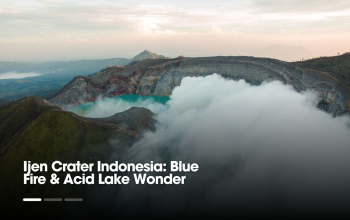
Ijen Crater Indonesia: Blue Fire & Acid Lake Wonder
Overview Imagine standing on the edge of a volcanic crater in the dead of night. The stars shimmer above, the cold mountain air fills your lungs, and ahead of you, an eerie electric-blue flame dances across the rocky ground. This mesmerising light, born from ignited sulfuric gases, burns brightly against the pitch-black sky. As dawn... read more
Contact Us
If you have any questions, please contact us.
-
Hotline
+6285748711646 -
Whatsapp
085748711646 -
Email
admin@ijenexpedition.com


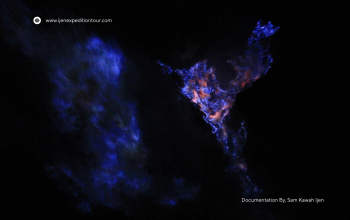



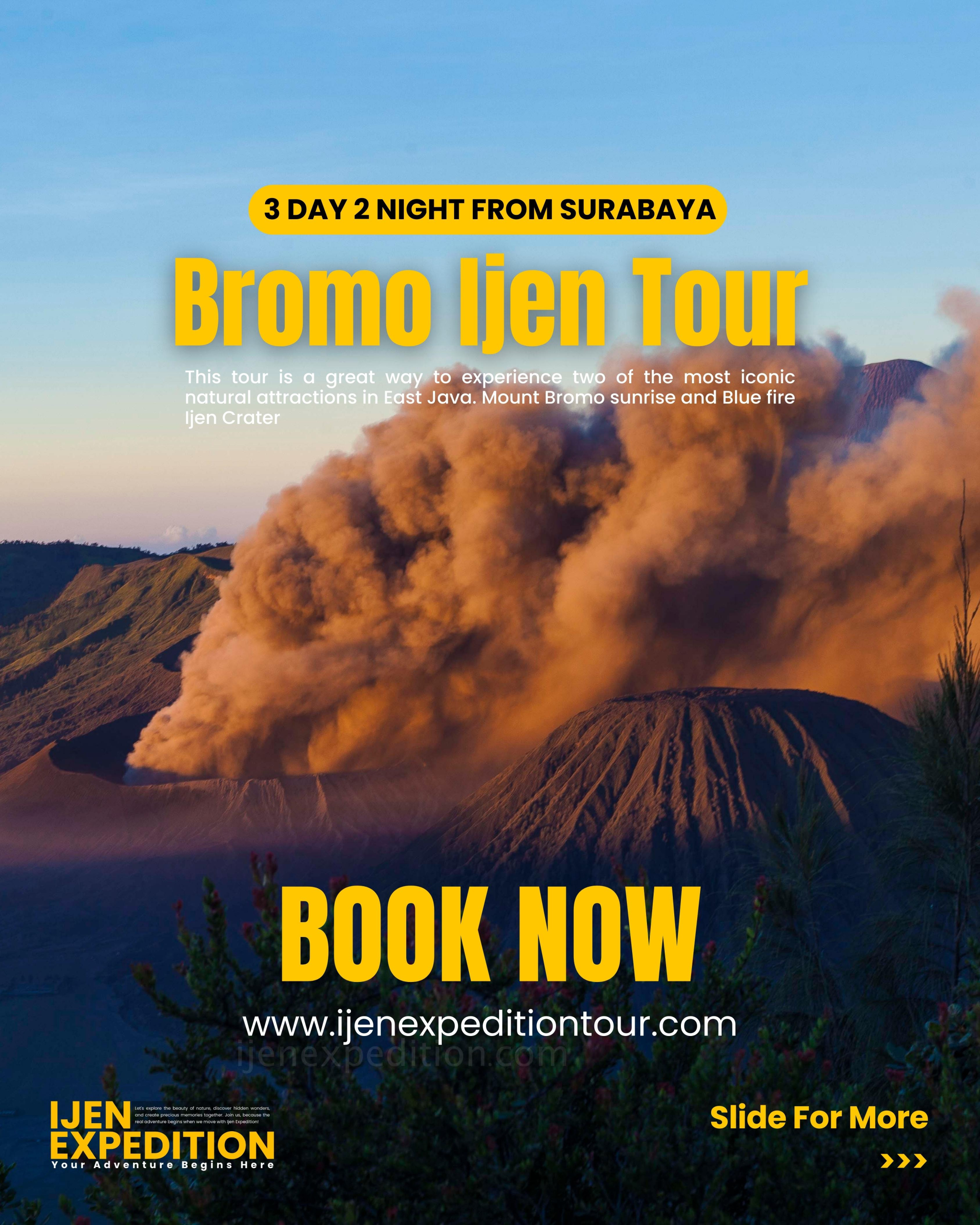

5 comment